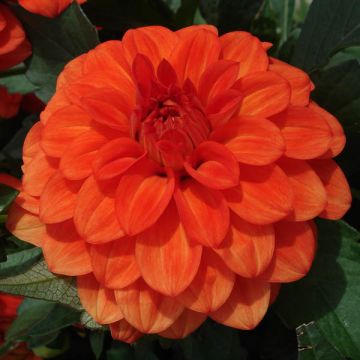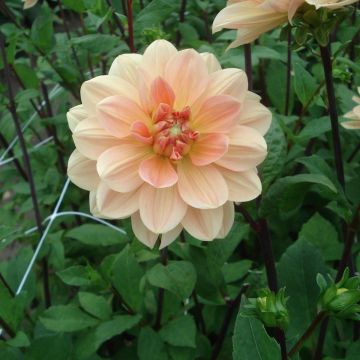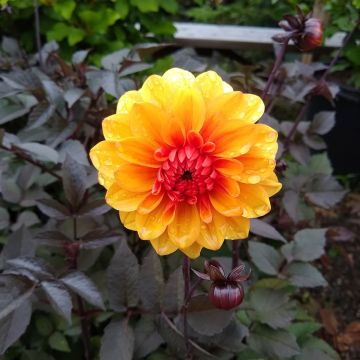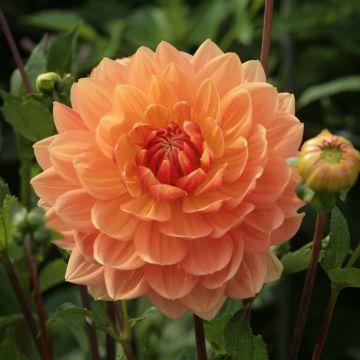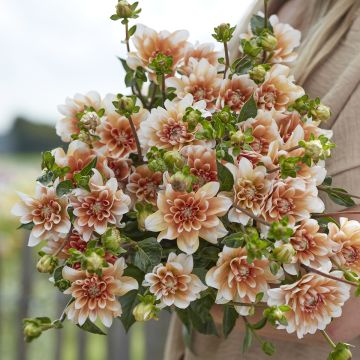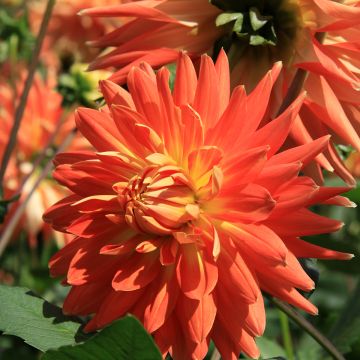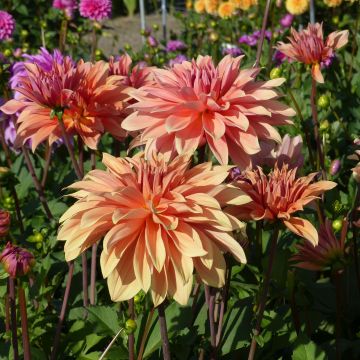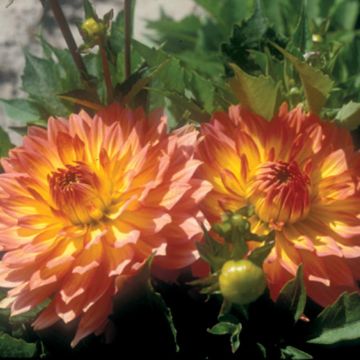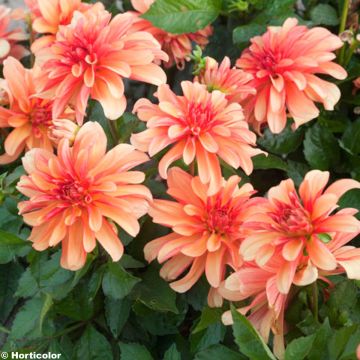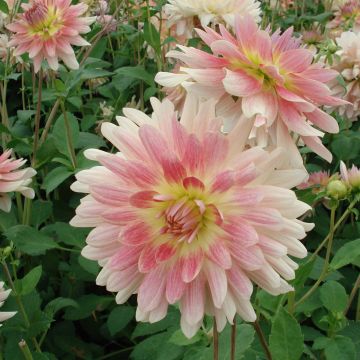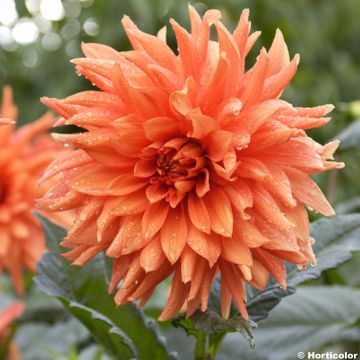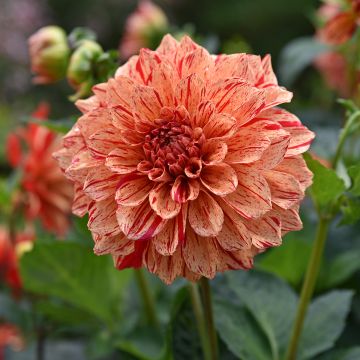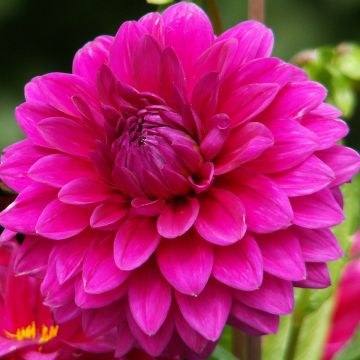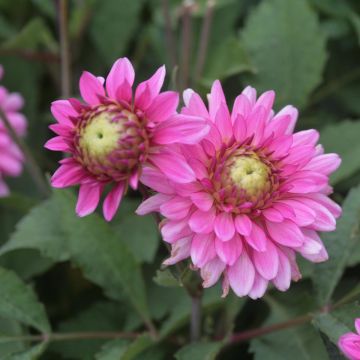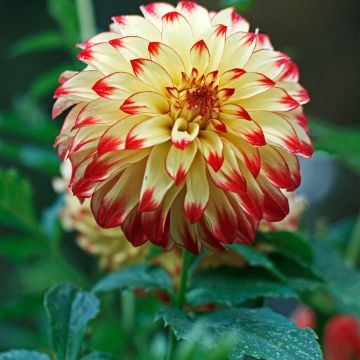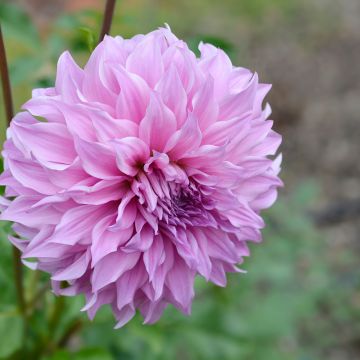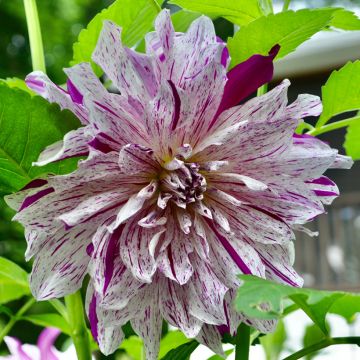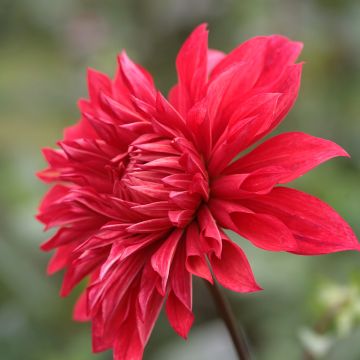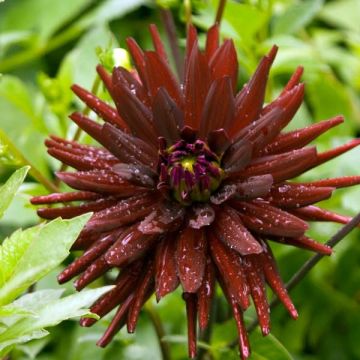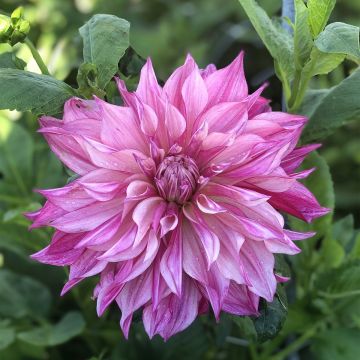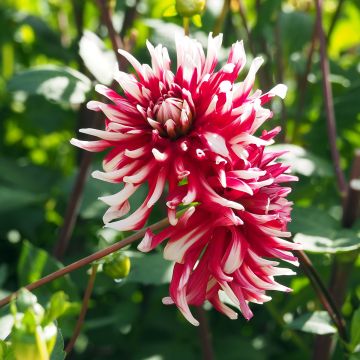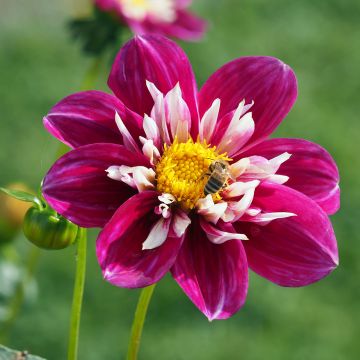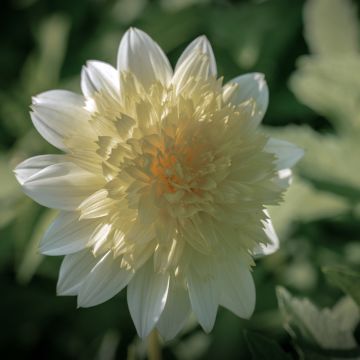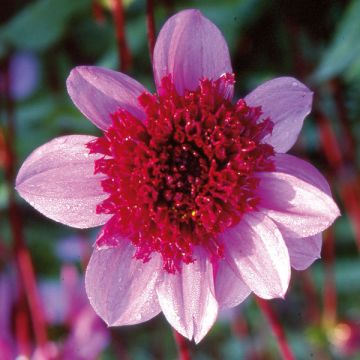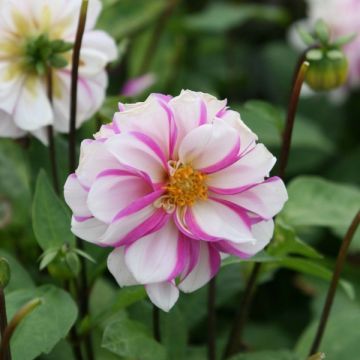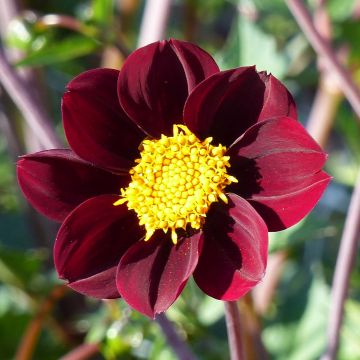Shipping country and language
Your country of residence may be:
Your country of residence is:
For a better user experience on our website, you can select:
Your shipping country:
-
Andorra
-
Austria
-
Belgium
-
Bulgaria
-
Canada
-
Chile
-
Croatia
-
Cyprus
-
Czechia
-
Denmark
-
Estonia
-
Finland
-
France
-
Germany
-
Greece
-
Hungary
-
Iceland
-
Ireland
-
Italy
-
Latvia
-
Lithuania
-
Luxembourg
-
Malta
-
Monaco
-
Netherlands
-
Poland
-
Portugal
-
Romania
-
Slovakia
-
Slovenia
-
Spain
-
Sweden
-
Switzerland
-
United Kingdom
We only deliver seed and bulb products to your country. If you add other products to your basket, they cannot be shipped.
Language:
-
French
-
German
-
Spanish
-
English
-
Italian
My Account
Hello
My wish lists
Log in / Register
Existing customer?
New customer?
Create an account to track your orders, access our customer service and, if you wish, make the most of our upcoming offers.
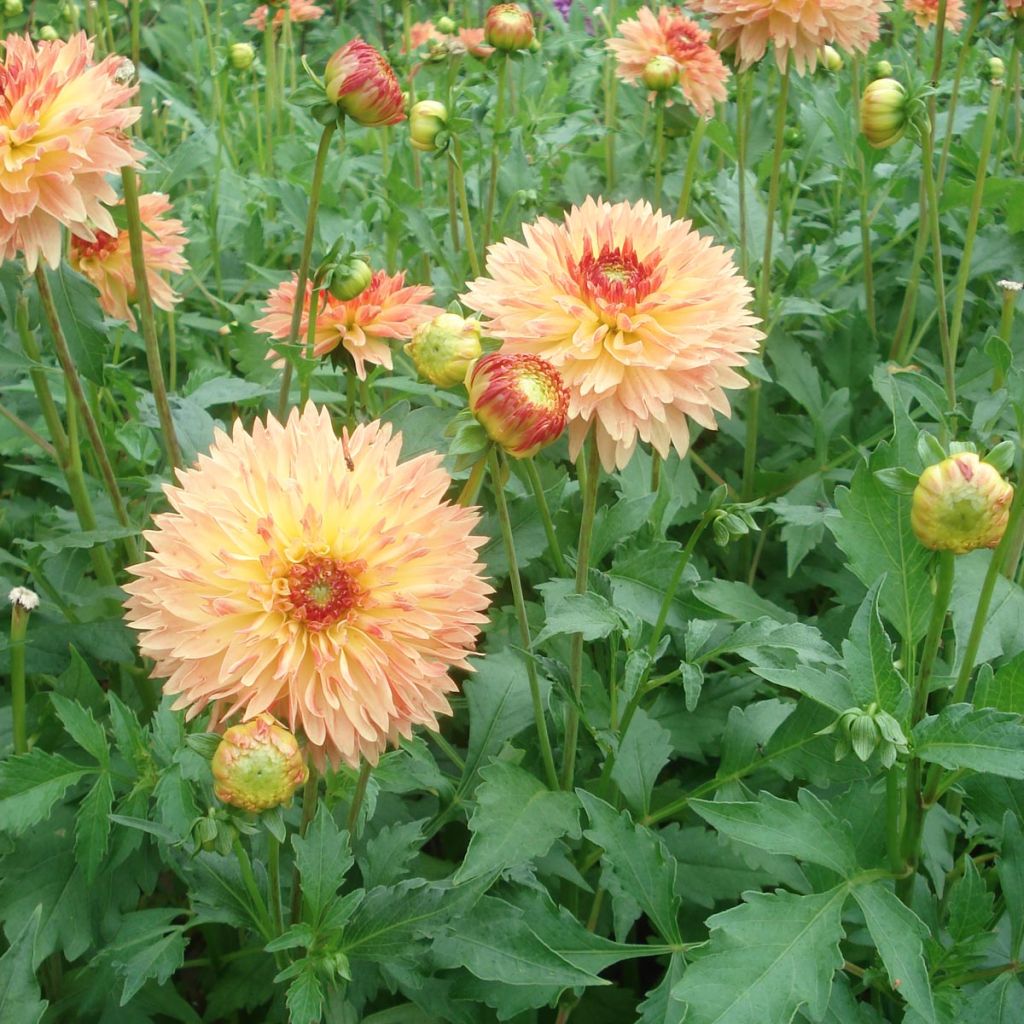

Dahlia décoratif Puerto Rico
Dahlia Puerto Rico
Dahlia Puerto Rico
Dahlia
Unfortunately, I cannot judge as nothing has emerged from the ground. It must be said that only a tiny bulb arrived upon delivery. It's a shame because all the other dahlias have satisfied me. RESPONSE FROM PROMESSE DE FLEURS: We are truly sorry as we place great importance on the quality of our plants and their growth. If you encounter any issues, please do not hesitate to contact us at 03.61.76.08.10 or by email at serviceclient@promessedefleurs.com and we will proceed with a replacement or refund if necessary.
josiane, 25/10/2015
Why not try an alternative variety in stock?
View all →Order in the next for dispatch today!
Dispatch by letter from €3.90.
Delivery charge from €5.90 Oversize package delivery charge from €6.90.
Current delivery delay: 2 days.
More information
This item is not available in your country.
Schedule delivery date,
and select date in basket
This plant carries a 6 months recovery warranty
More information
We guarantee the quality of our plants for a full growing cycle, and will replace at our expense any plant that fails to recover under normal climatic and planting conditions.
From €5.90 for pickup delivery and €6.90 for home delivery
Express home delivery from €8.90.
Does this plant fit my garden?
Set up your Plantfit profile →
Description
Dahlia 'Puerto Rico' is a dahlia with large decorative flowers in salmon and yellow. The capitula are almost spherical and have very elegant, tapered ligules in soft colours. It is a beautiful dahlia perfect for cut flowers. In the garden, it can add a nice tangy touch to a violet-dominated bed that is a bit too dark, for example.
Dahlias belong to the large family of Asteraceae and are originally from the high plateaus of Mexico. Currently, the approximately 20,000 horticultural varieties obtained by humans have invaded, to our great pleasure, gardens all over the world. Dahlias are classified according to the shape of their flowers. The Dahlia 'Puerto Rico' is a dahlia with decorative flowers that will reach 90 cm (35in) in height and 60 cm (24in) in width. Its highly branched stems are hollow. Its leaves are opposite and divided into 3 or 5 leaflets, which have very denticulate lobes. The stems and leaves are medium green. The plant has a bushy habit and, as a large variety, it is important to thicken its width to strengthen its structure. The flowers of decorative dahlias are thicker than they are wide and are often large in size. The flowers of the 'Puerto Rico' variety are 15 cm (6in) in diameter or larger, they are full and well double. Numerous rows of ligules overlap and are involute, meaning they have an inflection towards the heart of the inflorescence. They are generally concave, long, and so notched at their tip that they could be said to have two small tongues. This characteristic gives the flower a lot of volume and elegance. The base of the ligules is golden yellow and gradually shades into salmon towards the tip. The shorter central florets form a bud of a darker pink as they have not yet reached maturity.
The flowering of dahlias is exceptionally long, starting in July and ending in November. To encourage flower reblooming, be sure to remove faded flowers. Better yet, regularly cut them to create charming colourful bouquets by combining different varieties. In the background of a bed, the airy foliage of bronze fennel and that of diamond grass will enhance the texture of your giant dahlia varieties. The light and bright colours of the 'Puerto Rico' variety will go well with dark violets for a beautiful contrast, but also with light pinks for a softer and more romantic mix.
Dahlias are undoubtedly beautiful flowers, they are impeccable in a flower bed but can also enhance a vegetable garden. In Mexico, this tuberous plant was initially cultivated as a root vegetable for consumption. Its poor taste quickly relegated it to the rank of an ornamental plant. Since then, the interest in their beautiful exuberance has never waned.
Report an error about the product description
Dahlia Puerto Rico in pictures
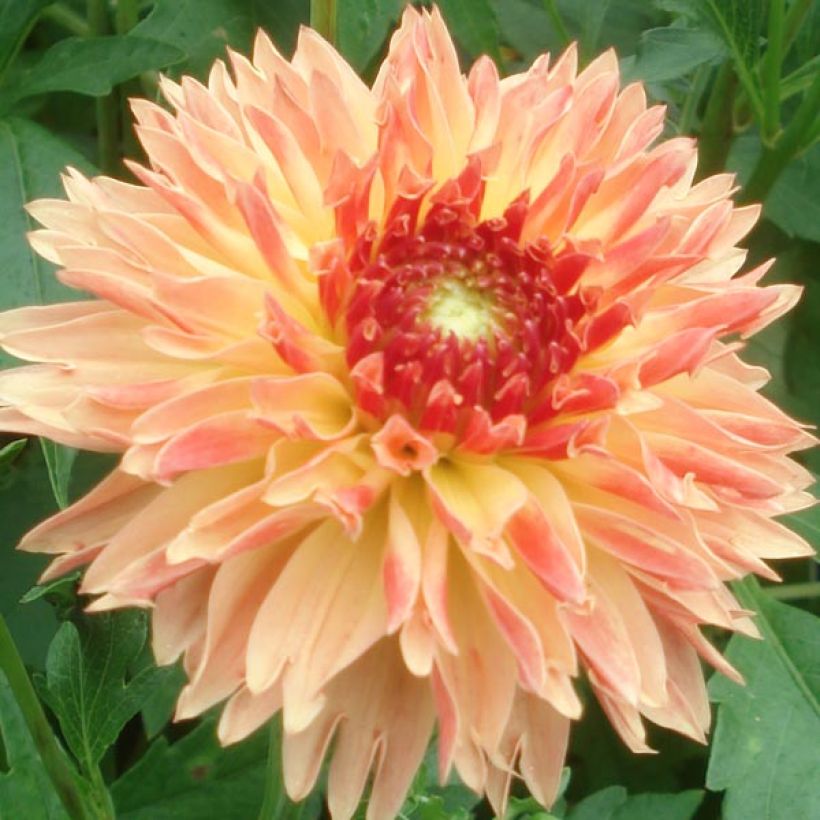

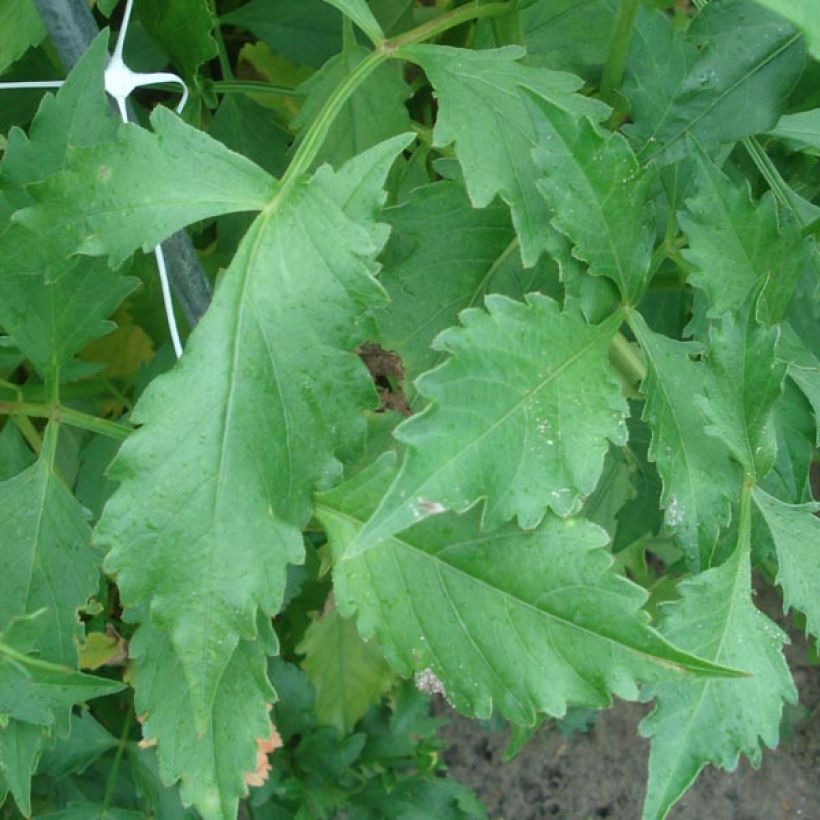

Plant habit
Flowering
Foliage
Botanical data
Dahlia
Puerto Rico
Asteraceae
Dahlia
Cultivar or hybrid
Other Ornamental Dahlias
Planting and care
Dahlia 'Puerto Rico' is easy to grow in all regions. For abundant flowering, it is good to follow a few simple rules. Plant the tubers in full sun as soon as the last frost is over. Rich, damp, and well-drained soil is perfect. However, waterlogging would promote tuber rot. Feel free to amend the soil with compost and sand if necessary. Work the soil deeply and enrich it, for example, with bonemeal. Place your tuber and crumble the soil well to fill without air pockets. Your dahlia should be covered with about 6 cm (2in) of soil. At the end of planting, water generously once and then regularly repeat this watering during the first 6 weeks to help with rooting.
Dahlias are sensitive to cold, so they need to be overwintered. In November, the first frost blackens the foliage, which is the time to dig them up. Carefully remove the tubers, removing as much soil as possible. Let the foliage dry so that the tubers can replenish their reserves. Then cut the stems to 10 cm (4in). Spread your bulbs in a box on newspaper. Store them in a frost-free, dry, cool, and dark place, such as a frost-free garage or attic, for example. In warmer regions, or areas close to the coast, where there are few frosty days per year, it is possible to leave them in place. In this case, simply cover the ground with a carpet of leaves or straw for protection.
This large-sized Dahlia, with its hollow stems, does not withstand wind or heavy rain well. To overcome this inconvenience, you can stake it, but let's agree, it's not very aesthetic. However, by pinching the stems early or removing the axial flower buds, you can spread out the plant's habit, which will offer more resistance to bad weather. At the same time, you redirect the sap flow to a single flower, which will become larger and sturdier.
Planting period
Intended location
Care
-
, onOrder confirmed
Reply from on Promesse de fleurs
Dahlias
Haven't found what you were looking for?
Hardiness is the lowest winter temperature a plant can endure without suffering serious damage or even dying. However, hardiness is affected by location (a sheltered area, such as a patio), protection (winter cover) and soil type (hardiness is improved by well-drained soil).

Photo Sharing Terms & Conditions
In order to encourage gardeners to interact and share their experiences, Promesse de fleurs offers various media enabling content to be uploaded onto its Site - in particular via the ‘Photo sharing’ module.
The User agrees to refrain from:
- Posting any content that is illegal, prejudicial, insulting, racist, inciteful to hatred, revisionist, contrary to public decency, that infringes on privacy or on the privacy rights of third parties, in particular the publicity rights of persons and goods, intellectual property rights, or the right to privacy.
- Submitting content on behalf of a third party;
- Impersonate the identity of a third party and/or publish any personal information about a third party;
In general, the User undertakes to refrain from any unethical behaviour.
All Content (in particular text, comments, files, images, photos, videos, creative works, etc.), which may be subject to property or intellectual property rights, image or other private rights, shall remain the property of the User, subject to the limited rights granted by the terms of the licence granted by Promesse de fleurs as stated below. Users are at liberty to publish or not to publish such Content on the Site, notably via the ‘Photo Sharing’ facility, and accept that this Content shall be made public and freely accessible, notably on the Internet.
Users further acknowledge, undertake to have ,and guarantee that they hold all necessary rights and permissions to publish such material on the Site, in particular with regard to the legislation in force pertaining to any privacy, property, intellectual property, image, or contractual rights, or rights of any other nature. By publishing such Content on the Site, Users acknowledge accepting full liability as publishers of the Content within the meaning of the law, and grant Promesse de fleurs, free of charge, an inclusive, worldwide licence for the said Content for the entire duration of its publication, including all reproduction, representation, up/downloading, displaying, performing, transmission, and storage rights.
Users also grant permission for their name to be linked to the Content and accept that this link may not always be made available.
By engaging in posting material, Users consent to their Content becoming automatically accessible on the Internet, in particular on other sites and/or blogs and/or web pages of the Promesse de fleurs site, including in particular social pages and the Promesse de fleurs catalogue.
Users may secure the removal of entrusted content free of charge by issuing a simple request via our contact form.
The flowering period indicated on our website applies to countries and regions located in USDA zone 8 (France, the United Kingdom, Ireland, the Netherlands, etc.)
It will vary according to where you live:
- In zones 9 to 10 (Italy, Spain, Greece, etc.), flowering will occur about 2 to 4 weeks earlier.
- In zones 6 to 7 (Germany, Poland, Slovenia, and lower mountainous regions), flowering will be delayed by 2 to 3 weeks.
- In zone 5 (Central Europe, Scandinavia), blooming will be delayed by 3 to 5 weeks.
In temperate climates, pruning of spring-flowering shrubs (forsythia, spireas, etc.) should be done just after flowering.
Pruning of summer-flowering shrubs (Indian Lilac, Perovskia, etc.) can be done in winter or spring.
In cold regions as well as with frost-sensitive plants, avoid pruning too early when severe frosts may still occur.
The planting period indicated on our website applies to countries and regions located in USDA zone 8 (France, United Kingdom, Ireland, Netherlands).
It will vary according to where you live:
- In Mediterranean zones (Marseille, Madrid, Milan, etc.), autumn and winter are the best planting periods.
- In continental zones (Strasbourg, Munich, Vienna, etc.), delay planting by 2 to 3 weeks in spring and bring it forward by 2 to 4 weeks in autumn.
- In mountainous regions (the Alps, Pyrenees, Carpathians, etc.), it is best to plant in late spring (May-June) or late summer (August-September).
The harvesting period indicated on our website applies to countries and regions in USDA zone 8 (France, England, Ireland, the Netherlands).
In colder areas (Scandinavia, Poland, Austria...) fruit and vegetable harvests are likely to be delayed by 3-4 weeks.
In warmer areas (Italy, Spain, Greece, etc.), harvesting will probably take place earlier, depending on weather conditions.
The sowing periods indicated on our website apply to countries and regions within USDA Zone 8 (France, UK, Ireland, Netherlands).
In colder areas (Scandinavia, Poland, Austria...), delay any outdoor sowing by 3-4 weeks, or sow under glass.
In warmer climes (Italy, Spain, Greece, etc.), bring outdoor sowing forward by a few weeks.
